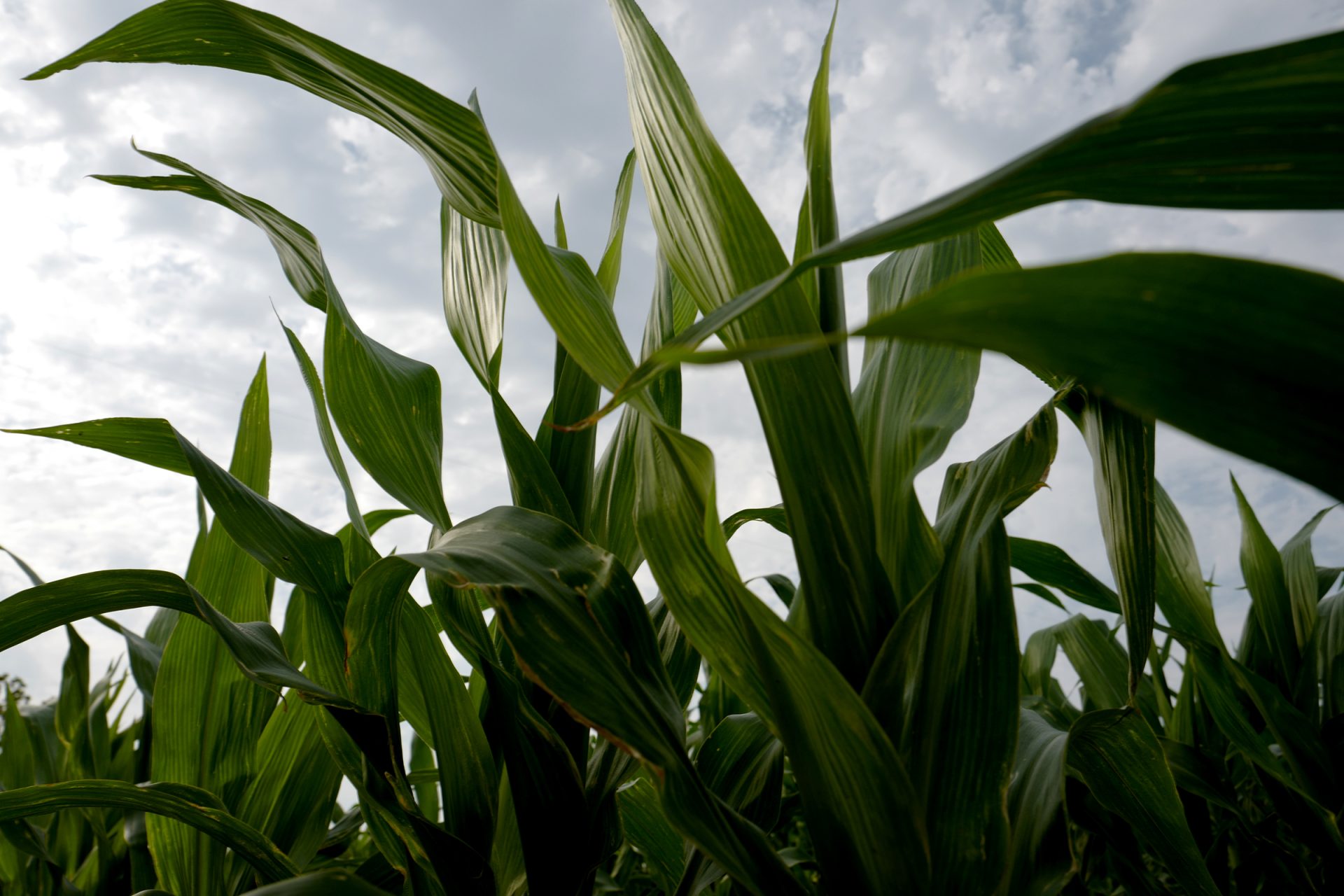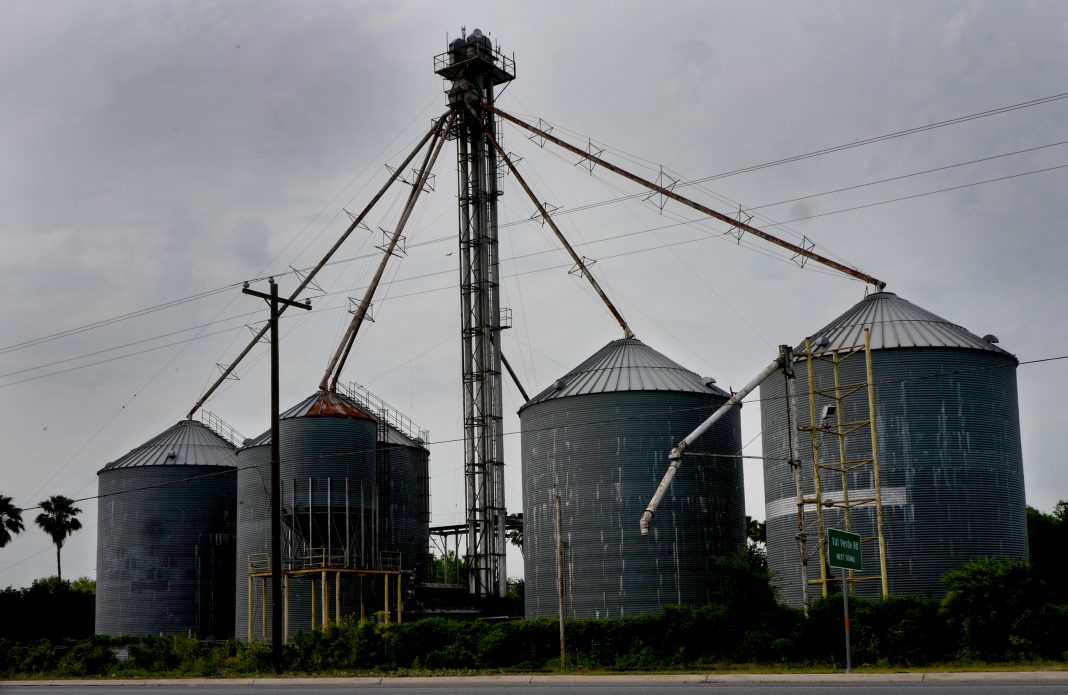|
Only have a minute? Listen instead
Getting your Trinity Audio player ready...
|
It’s been a whirlwind year for Donna-based Garcia Grain — one that began with filing for bankruptcy shortly after state regulators shut the company down over missing grain just as creditors began calling millions of dollars in notes due.
At one point, one of Garcia Grain’s largest creditors — StoneX Commodities Solutions — thought there was no way out for the company other than conducting a fire sale via a Chapter 7 liquidation.
But now, the embattled grain storage and exporting company has new hope after filing a plan it says will allow it to restructure and pay off not only its secured creditors — including StoneX — but the more than two dozen farmers and other small businesses who hold unsecured claims against it.
Garcia Grain filed the Chapter 11 restructuring plan on Sept. 18.
The plan involves settling the bulk of Garcia Grain’s largest debts to its secured creditors up front, while paying off the remainder of its liabilities — including what it owes to local farmers — over the course of five years.
A key part to the proposed plan’s success was discussed during a lengthy court hearing in McAllen on Sept. 21, when the company sought the court’s approval to take on additional financing from one of those secured creditors, McAllen-based agricultural technology company, GrainChain.
Garcia Grain owes more than $8 million to GrainChain, which uses blockchain technology to track grain inventories, as well as purchases and sales, for companies across the United States and Latin America.
But the company has also been integral to Garcia Grain’s monthslong efforts to dig itself out of the financial abyss.
Earlier this summer, U.S. Bankruptcy Judge Eduardo V. Rodriguez allowed GrainChain to finance operations at two of Garcia Grain’s four grain elevators.
Garcia Grain needed the financing as part of an effort to generate revenues by leasing the elevators to third parties who still hold valid operating licenses from the Texas Department of Agriculture.
During last Thursday’s hearing, Garcia Grain sought the court’s permission to allow GrainChain to also finance the purchase of pinto and black beans, which Garcia Grain has historically purchased from American farmers before selling them for a profit to consumers in Mexico.
Rodriguez approved of the financing agreement in an order handed down on Thursday.
But Garcia Grain’s emergence from bankruptcy will hinge on GrainChain’s further involvement.
Indeed, if the court approves the restructuring plan, Garcia Grain will emerge as a new company in five years — one in which GrainChain will hold a 100% equity stake.

THE SECURED CREDITORS
Garcia Grain has come to terms with its secured creditors to settle for less than the liability claims they filed in June.
StoneX, the largest creditor, is agreeing to settle for just over $12.5 million of the $19,461,058 it says Garcia Grain owes it, according to figures shown in the 63-page restructuring proposal.
Meanwhile, Vantage Bank filed an $8.8 million claim on June 16.
The claim includes liens against the Santa Rosa and Donna grain elevators, a farm known as the Pitts property, and a private property known as Toluca Ranch which is owned by company CEO Octavio Garcia.
Vantage also has significant stakes in the company’s bean exporting business.
The bank has agreed to settle with Garcia Grain for just over $7.3 million, which includes the sale of the real properties, as well as by taking over Octavio Garcia’s $3 million life insurance policy through March 2028.
Meanwhile, Falcon Bank’s $6 million in claims will be paid in full via the sale of a property known as the Moore Farm, which is estimated to be worth $7 million.
Any funds leftover from the sale will go back into the bankruptcy estate to pay other creditors.
Octavio Garcia will also sell off several properties he and his wife own personally. The sales are expected to generate $3.5 million which will go to the bankruptcy estate.
GRAINCHAIN
As for the company’s last secured creditor, GrainChain, the tech company claimed more than $7.8 million in liabilities in a filing in mid-June.
Combined with liens it holds against several other related properties, including a 56-acre farm called Emory Farms, GrainChain has more than $8.5 million in security interests against Garcia Grain.
But those debts arose within the three-month period before the bankruptcy’s Feb. 17 filing, which means they can be nullified.
As a result, GrainChain and Garcia Grain have since agreed to settle the matter, in large part, through GrainChain’s continued financing of Garcia Grain’s operations.
The ag tech company has agreed to relinquish its property liens in exchange for a split of the future profits from the sale of grain, beans and sunflower seeds.
GrainChain will get a 45% cut of the net profits, while the unsecured creditors will get 55% for the first three years of the restructuring plan.
After the third year, the unsecured creditors’ piece of the pie will be reduced to 40% in order to allow for the remaining 15% to go toward paying off claims owed to Garcia Grain’s surety company, Harco National Insurance.

LOCAL FARMERS
The unsecured creditors, many of whom are local farmers who sold their harvests to Garcia Grain, will have two options to be made whole.
They may choose to be reimbursed from the proceeds of surety bonds, or they may choose to receive a cut of the profits from the grain, bean and sunflower sales.
While the unsecured creditors will be entitled to 40% of Garcia Grain’s net profits, a minimum of $250,000 per year will be guaranteed to go toward paying down their claims.
Further, during the five-year restructuring plan, GrainChain “shall exclusively control the sale and management of all assets of the Reorganized Debtor,” the proposed plan states.
And at the end of that period — once Garcia Grain makes good on the debts it owes to local farmers — GrainChain will emerge as the owner of the Donna company.
The plan also states that Garcia Grain will continue to pursue a so-called “insider suit” to recover a grain elevator in Alamo that it transferred to Rodolfo Plascencia as part of a 2022 lawsuit settlement in state district court.
Plascencia was once Octavio Garcia’s business partner and a member of the Garcia Grain board of directors.
The insider suit claims that transferring ownership of the Alamo grain elevator, an additional 10 acres of land and $200,000 in cash to Plascencia constitutes a “fraudulent conveyance.”
Plascencia is fighting the attempt to claw back the Alamo elevator and a hearing in that matter is slated for November.
Restructuring Garcia Grain hasn’t, and won’t, come cheap, however.
If the judge approves of the plan, then he will also be approving nearly $1.9 million in costs for the attorneys, financial advisers, consultants and restructuring officer who have worked to bring Garcia Grain back from the brink.




